How many questions should you ask on a survey?
- There’s no single right answer to this question because it depends on the type of survey. However, most surveys should take no more than 10 minutes to complete, and they should ideally take less than five minutes to complete. This means that your survey should have roughly 5–10 questions.
Determining how many questions to ask is one of the hardest parts of putting together a web form or survey. Of course, some surveys are easier than others. If you’re building an RSVP form for an event or asking which color your customers like best for a new product, figuring out how many questions you need is pretty easy. But in most cases, balancing the need to get enough information without scaring respondents off is a real challenge.
Factors that affect survey length
There’s no single right answer when it comes to how many questions a survey should have because it depends on a number of different factors. For example, these factors can impact the length of a survey:
- The purpose or objective of the survey
- The industry the surveyor is in
- The audience completing the survey
- The timeline provided for completing the survey
For example, an academic survey for a scientific study may have more questions than a customer feedback survey about a store experience. The same rules for length won’t apply to both of those types of surveys, given the difference in setting, audience, and subject matter. Similarly, a survey for parents about the school their kids attend may differ in length from a survey seeking product reviews from customers.
Why you shouldn’t include too many questions on your survey
“Survey fatigue” is an important concept. There are two types of survey fatigue:
- Survey response/request fatigue. There isn’t much individual survey designers can do about this. More and more companies and organizations are requesting feedback from users. Eventually, those users get tired of providing feedback and just stop responding to surveys.
- Survey completion/taking fatigue. This is the one you can do something about. The longer a survey takes to complete, the less likely it is that people will complete it. There’s data to back this up. Surveys with 1–3 questions have a completion rate of 83.3 percent, while surveys with 15 questions or more have a completion rate of 41.9 percent. Many potential respondents won’t even start a survey if they think there are too many questions. Some users who scan the form and see a long list of questions get survey fatigue before they answer the first question.
Survey builders must take survey fatigue into account. The goal is to get as much critical information as possible without triggering survey fatigue in your responders. You can do this by splitting your survey into multiple pages and using progress bars, but mostly it requires asking fewer, more well-considered questions.
So, how do you figure out the right number of questions to ask?
How to determine survey length
Follow these basic principles from the earliest stages of designing your survey to figure out how long your survey should be.
Identify the purpose of your survey
The most important step begins before you’ve written a single question. What, precisely, do you want to accomplish with the survey?
Surveys can help identify new product opportunities, evaluate staff, find ways to improve your company, or guide a marketing campaign. The best surveys pick one objective and focus exclusively on that.
Figure out exactly what information you need
Once you have an objective nailed down, you need to figure out exactly what information you need to collect in order to accomplish it. Even with a very specific objective, there are countless questions you could ask to support it. Whittle down that list of questions to the most important ones. As you go down your list, ask “Is this a ‘need to know’ or a ‘nice to know?’ ”
Respect your respondents’ time
Let’s be honest, your users are doing you a favor by taking the time to respond to your survey questions. The best way to thank them is by respecting their time and not asking them unnecessary questions.
Always keep in mind that every interaction users have with your brand, even if it’s just a survey, shapes their perception of your organization. If you respect their time, they may think better of your brand overall.
The ideal length for different surveys
While almost half of consumers say they’re willing to answer about 7–10 questions, this doesn’t apply to every survey scenario. Take a look at the suggested lengths for different types of surveys:
- General online surveys: In most cases, online surveys can be 15–20 questions long, depending on the industry, audience, and other factors.
- Customer surveys: These types of surveys, which typically ask for feedback or ideas from customers, can be anywhere between five and 20 questions, depending on the goal of the survey.
- Employee surveys: Often, surveys for employees are around 20–30 questions long, depending on the industry and objective. Respondents for these types of surveys usually complete them on company time, and they give the organization valuable insights.
- In-person intercept surveys: It’s important for these surveys to be short, so they’re typically less than five or 10 questions long. Researchers conduct these surveys with passers-by they’ve “intercepted.”
- Pulse surveys: These types of surveys don’t ask for in-depth data, so they’re short, typically around two or three questions in length. The audience for pulse surveys can vary from employees to customers and beyond.
How to optimize your survey length
It’s important to strategically choose and organize your questions in a survey so you can best achieve your goals. Follow these best practices to optimize the length of your survey.
Stay focused on the goal. Each question in your survey should tie back directly to your main objective. If it doesn’t, you may want to remove it and replace it with a question that’s more in line with your data-gathering goals. Survey respondents have a short attention span, so it’s important to focus on only collecting information that’s vital to your main reason for conducting the survey.
Use a good balance of open-ended and closed-ended questions. Vary the type of questions you include. Closed-ended questions, such as multiple choice and true or false questions, are great for capturing quantitative data. Open-ended questions, such as short-answer questions, help you get qualitative data. Varying question types helps to keep survey respondents engaged and provides you with a variety of data.
Pay careful attention to the layout. Consider how your questions are organized. You can place one question on each page, for example, or group similar questions into sections. This may help your respondents think through their answers more effectively than if the questions are randomly placed.
Use conditional logic to make the survey more relevant to your audience. Some of your questions may not apply to all survey respondents. When you use conditional logic, you can show only the questions that are relevant to each respondent based on their answers to previous questions.
So how many questions should you ask on a survey?
There is no hard and fast answer. However, as a general rule, the survey should take no more than 10 minutes to complete; less than five minutes is more than twice as good.
Typically, this means about five to 10 questions. Ask fewer questions if they are particularly involved or are free-response questions. You can go a little over if the questions are simple yes-or-no, or true-or-false questions. This might require cutting some questions and simplifying others. If you’ve followed the steps above, you should get a meaningful data set that accomplishes your objectives and stays within that time range.




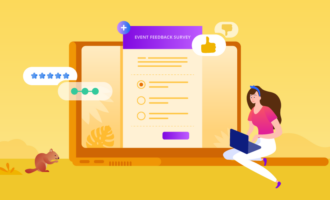




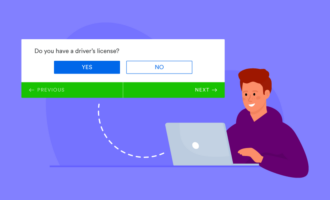


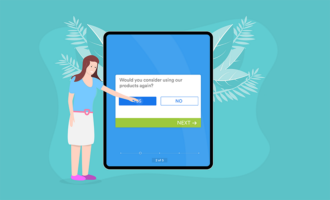




















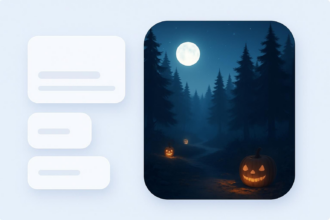




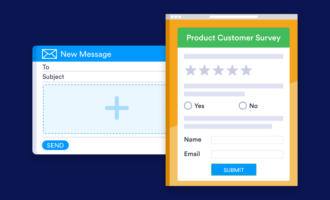


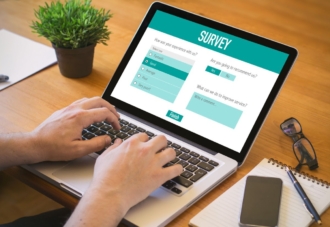


































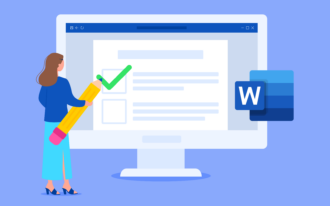












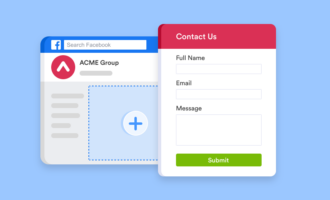



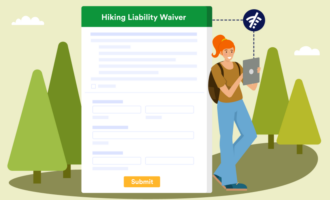









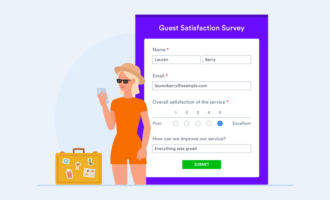
Send Comment: